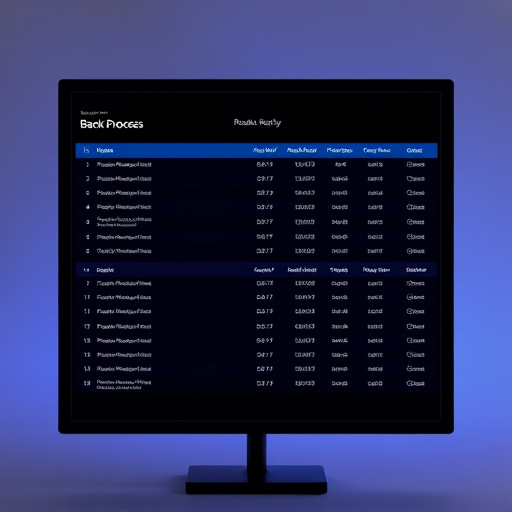Cold Air Intake (CAI) performance testing on dynos involves simulating real-world driving scenarios while measuring critical engine metrics like RPM, throttle position, and manifold pressure. This data helps engineers fine-tune CAI designs to maximize power gains, enhance efficiency, and optimize fuel consumption. Advanced tools, including sensors, control systems, and CAD software, ensure accurate evaluation and enable virtual optimization before physical testing, resulting in dynamic and precise performance assessment.
In the realm of automotive engineering, dyno testing stands as a cornerstone for evaluating vehicle performance. This article delves into the intricacies of dyno testing methodologies, offering a comprehensive guide for enthusiasts and professionals alike. We begin by unraveling the fundamentals of dyno testing before exploring advanced techniques. The spotlight falls on the crucial aspect of cold air intake (CAI) performance testing methodology, showcasing how these methods ensure accurate results. Prepare to navigate through innovative tools and insights that revolutionize our understanding of engine dynamics.
- Understanding Dyno Testing: A Comprehensive Overview
- Cold Air Intake Performance Testing Methodology
- Advanced Techniques and Tools for Accurate Results
Understanding Dyno Testing: A Comprehensive Overview

Dyno testing, short for dynamic testing, is a crucial process in evaluating vehicle performance, particularly focusing on engine and drivetrain dynamics. It involves subjecting a vehicle or its components to controlled environmental conditions while measuring various performance metrics. This method is essential for automakers and enthusiasts alike, as it provides valuable insights into how a car performs under different loads and operating scenarios.
One specific aspect of dyno testing is the evaluation of cold air intake (CAI) performance. By installing a CAI system on a dynamometer (dyno), engineers can measure the impact of improved airflow on engine power and torque output. This testing methodology involves simulating real-world driving conditions while monitoring key parameters such as engine RPM, throttle position, and manifold pressure. The data gathered helps in fine-tuning CAI designs to maximize performance gains, ensuring optimal efficiency and power delivery.
Cold Air Intake Performance Testing Methodology

Cold Air Intake (CAI) performance testing is a critical component in dyno tuning and optimization. This methodology involves evaluating the efficiency of air flow into the engine, which directly impacts power and fuel efficiency. The process begins by mounting the CAI system on a dynamometer, ensuring proper sealing and secure attachment to mimic real-world driving conditions. A precise measurement of air mass flow rate is then taken at various engine speeds and loads using specialized sensors and data acquisition systems.
By analyzing these measurements, engineers can identify airflow bottlenecks or inefficiencies within the CAI system. This data enables them to make informed adjustments to the intake design, such as modifying air filters, adding cold air feeds, or optimizing the overall routing of the intake tract. Ultimately, this testing methodology facilitates the fine-tuning of engine performance, maximizing power output while ensuring optimal fuel consumption.
Advanced Techniques and Tools for Accurate Results

In the realm of dyno testing, advanced techniques and tools play a pivotal role in achieving accurate results, especially when evaluating cold air intake (CAI) performance. Modern dynamometers are equipped with sophisticated sensors and control systems that enable precise measurement of various parameters during testing. These include flow meters to quantify air volume, pressure sensors for accurate pressure readings, and temperature probes to monitor inlet conditions.
Additionally, the integration of computer-aided design (CAD) software and advanced data analysis tools enhances the overall process. CAD models can simulate airflow patterns, helping engineers optimize CAI designs before physical testing. Advanced data analysis software, on the other hand, facilitates the interpretation of test results, enabling researchers to identify trends, anomalies, and areas for improvement in real time. This integration of technology ensures that dyno testing methodologies remain at the forefront of performance evaluation, pushing the boundaries of efficiency and accuracy.
Dyno testing, particularly focusing on cold air intake (CAI) performance, involves advanced techniques and tools to accurately measure engine performance. By understanding the fundamental principles of dyno testing and utilizing modern methodologies like CAI performance testing, engineers can optimize engine efficiency and power output. These dynamic assessment methods are indispensable in the automotive industry, pushing the boundaries of performance and innovation.














